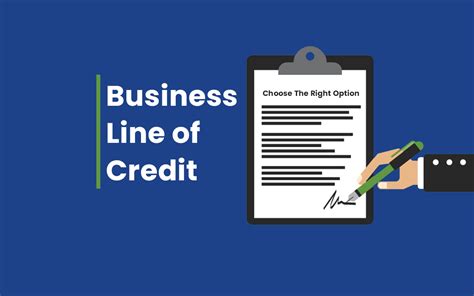ESU-Global discusses Business Lines of Credit: Initial Draw Downs and Financing Options
Understanding why business lines of credit may necessitate an immediate initial draw down is crucial. ESU-Global is committed to educating our clients and partners and felt it important that comparing the advantages and disadvantages of business lines of credit against business term loans and working capital loans is an important topic to cover in helping business owners make informed decisions about their financial needs.
Why Initial Draw Downs in Business Lines of Credit Matter:
1. Risk Mitigation:
- Lender Protection: Requiring an initial draw down safeguards lenders by reducing risk exposure and ensuring borrower commitment to the line of credit.
- Assessing Borrower Intent: Initial draw downs provide insight into the borrower’s intentions, aiding lenders in evaluating their creditworthiness and responsibility.
2. Establishing Usage Patterns:
- Understanding Utilization: Observing how borrowers use initial draw downs helps lenders predict future usage patterns, enabling them to set appropriate credit limits.
- Building Trust: Responsible usage of initial draw downs builds trust between borrowers and lenders, potentially leading to improved terms and increased credit limits.
3. Alignment of Interests:
- Shared Risk: Initial draw downs align the interests of both parties, demonstrating borrower commitment and fostering a collaborative relationship between borrowers and lenders.
Pros and Cons of Business Lines of Credit vs. Term Loans and Working Capital Loans:
Business Lines of Credit:
Pros:
- Flexibility: Lines of credit offer flexibility in usage and repayment, with funds available as needed and interest paid only on utilized amounts.
- Revolving Credit: With revolving credit, businesses can borrow and repay funds within the credit limit, ensuring ongoing access to capital.
- Emergency Funds: Lines of credit provide quick access to funds for unexpected expenses or cash flow gaps without lengthy approval processes.
Cons:
- Variable Interest Rates: Interest rates on lines of credit may fluctuate, potentially increasing borrowing costs over time.
- Risk of Overutilization: Without discipline, businesses may overutilize lines of credit, leading to increased debt and financial strain.
- Complexity: Managing revolving credit requires careful monitoring, which can be challenging for some businesses.
Term Loans and Working Capital:
Pros:
- Predictable Payments: Term loans offer fixed repayment schedules and interest rates, providing stability in budgeting.
- Structured Repayment: Structured repayment plans allow businesses to gradually pay down debt over time.
- Long-Term Investments: Term loans are ideal for financing long-term investments like equipment purchases or real estate acquisitions.
Cons:
- Limited Flexibility: Unlike lines of credit, term loans offer a fixed amount of funding, limiting flexibility for unforeseen expenses or opportunities.
- Lengthy Approval Process: Term loans typically involve extensive application processes, delaying access to funds.
- Unused Funds: Borrowers may pay interest on unused capital from term loans, affecting overall costs.
Conclusion:
Understanding the significance of initial draw downs in business lines of credit is vital for business owners seeking financial flexibility. By comparing the advantages and disadvantages of lines of credit, term loans, and working capital loans, businesses can make informed decisions tailored to their specific needs and circumstances. Each financing option offers unique benefits and considerations, empowering businesses to navigate their financial landscape effectively. To get you started on discussing options all of the options available to your business reach out to ESU-Global today!

